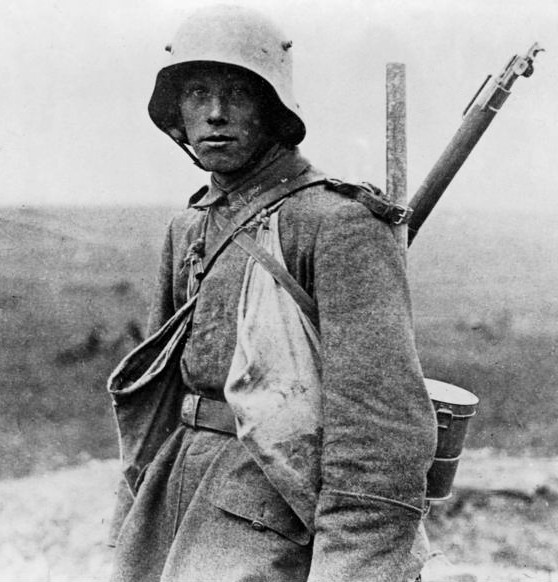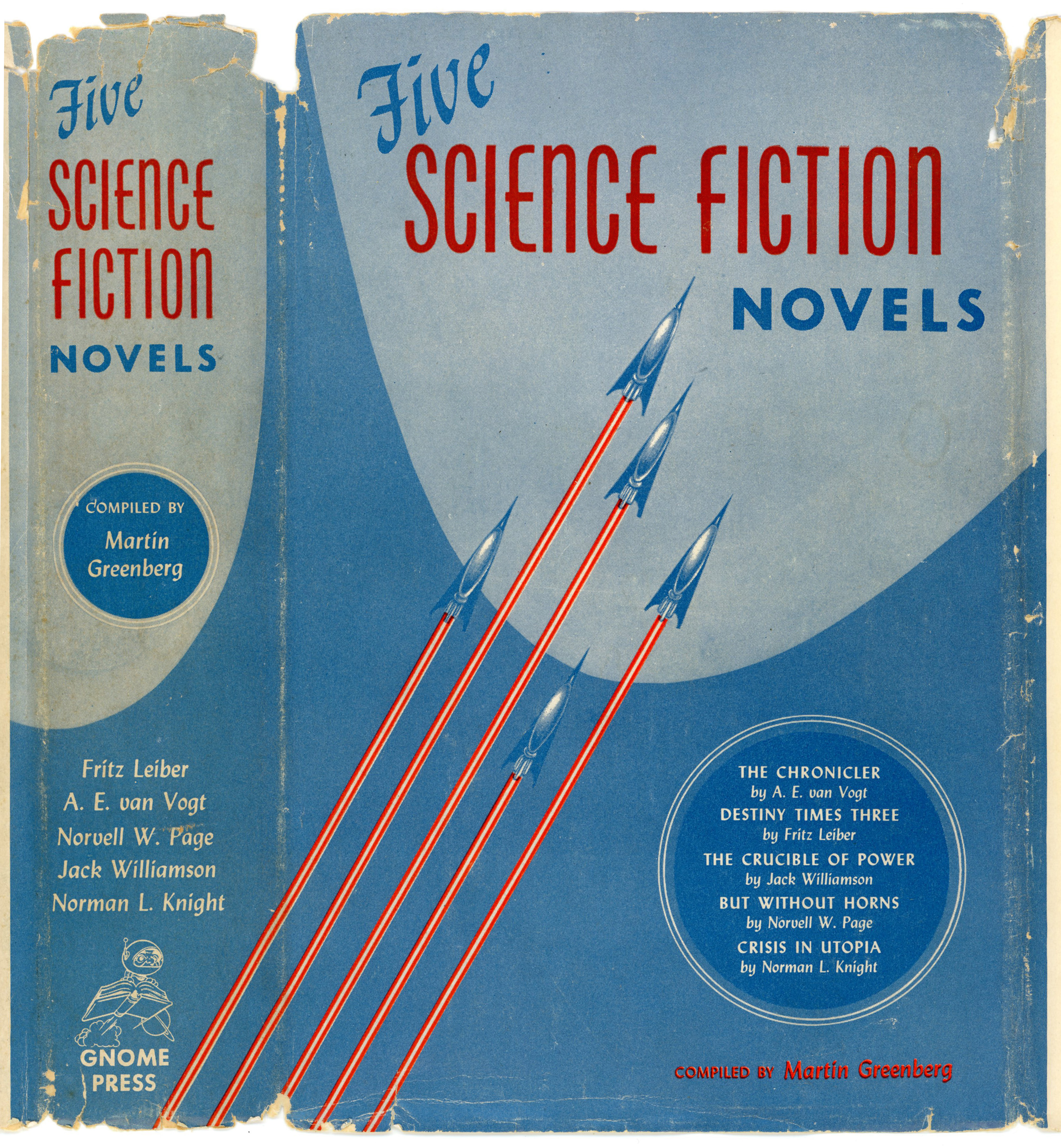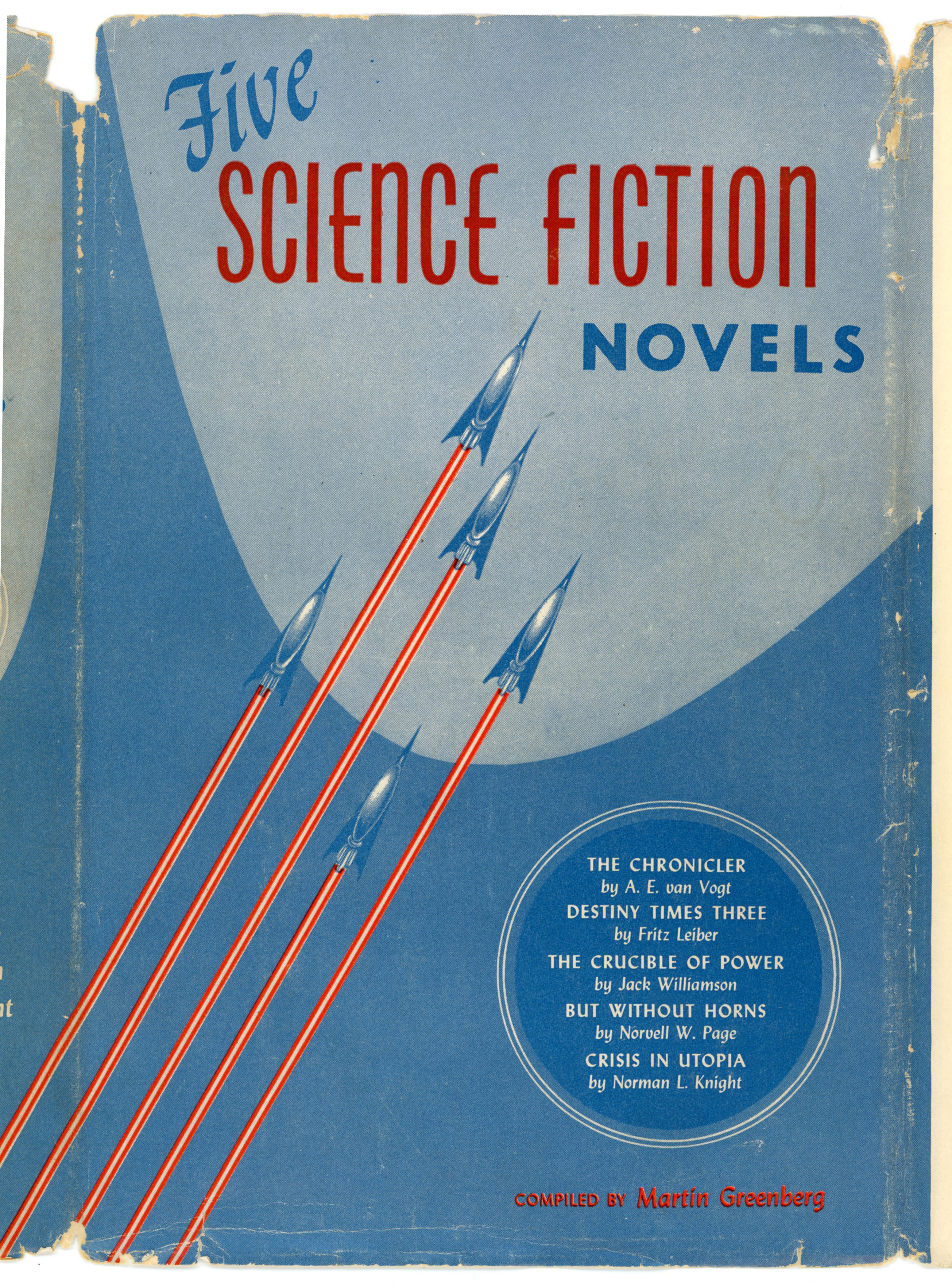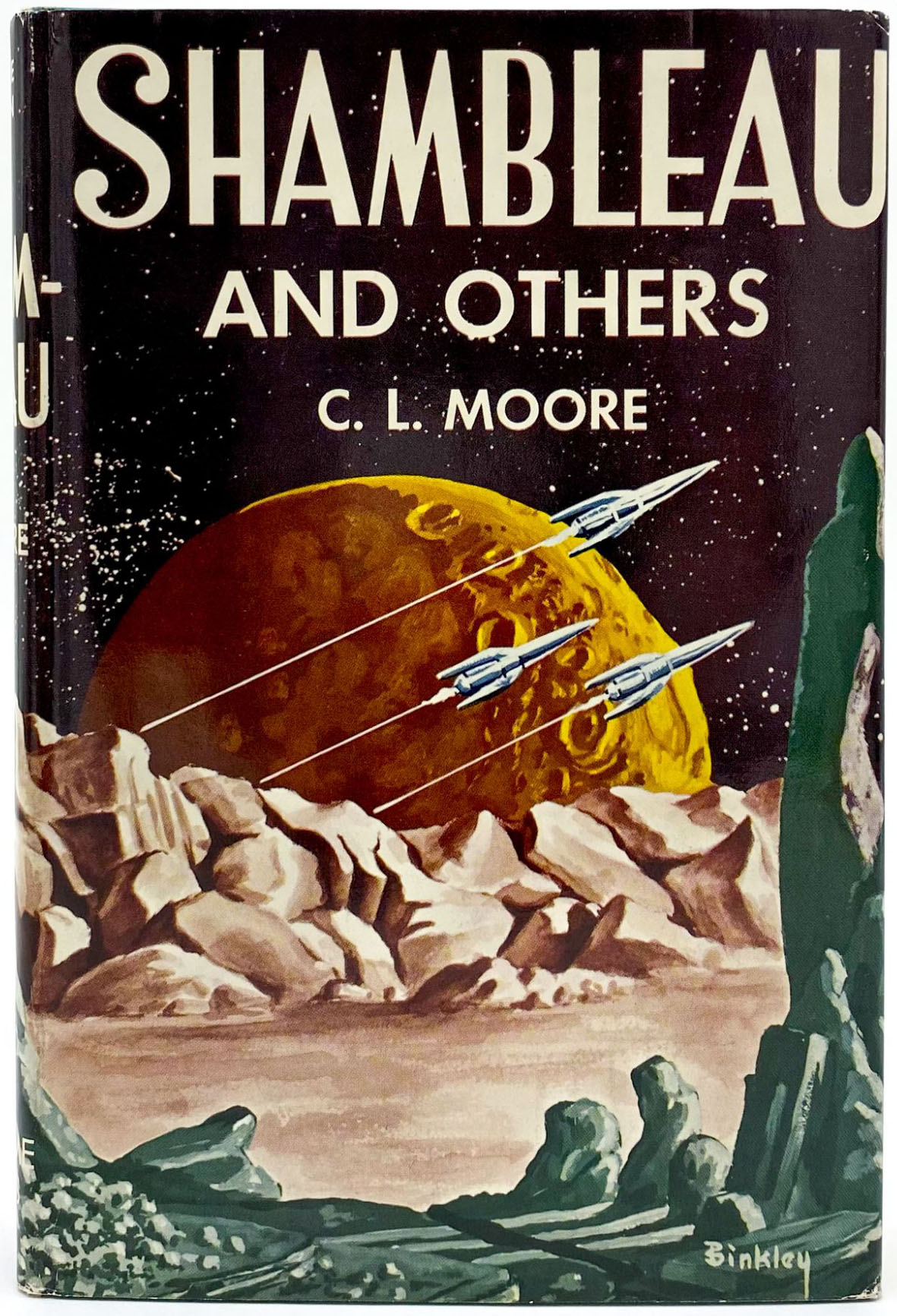Though probably best known for his 1929 novel All Quiet on the Western Front, Erich Maria Remarque’s literary oeuvre comprises (well, going by Wikipedia!) fourteen other novels, all written between 1920 and 1971. One of these is Arch of Triumph, first published in 1945 as Arc de Triomphe.
Unsurprisingly – well, given the power of Remarque’s writing, and his genuine success as a novelist – Arch of Triumph has been made into two feature films, released in 1948 and 1984.
The 1948 version starred Ingrid Bergman and Charles Boyer in the title roles of Dr. Ravic and Jean Madou, while in the 1985 remake the title roles were reprised by Anthony Hopkins and Lesley Ann-Down, with Donald Pleasance in the role of the chief (only?) villain, van Haake, a, “…a German Gestapo man who tortured Ravic and committed his beloved girl Sibylla to suicide. Killed by Ravic at the end of the novel.” The latter is quite ironic, given the fact that as a member of the Royal Air Force, Donald Pleasance flew sixty-one bombing missions over Germany as a wireless operator in Lancaster heavy bombers, and was a prisoner of war at Stalag Luft I!
You can view the trailer (from Media Graveyard) for the 1948 version here…
…and, watch the trailer (from Movieman Trailers) for the 1985 production here…
Interested in viewing the full production? You can view the 1985 film at Archive.org, here.
________________________________________
Thus for film. Now, back to print…!
Here’s Signet’s 1959 paperback edition of the novel. The themes of the cover art are direct and immediate: The Arc de Triomphe stands in the background, while a lady both sultry and forlorn (Jean Madou?), casting her gaze upon something, or someone, in the distance. Unfortunately, I’ve not been able to identify the artist on this one!
Ravic walked on.
The large hall with its staircase came steadily toward him.
And suddenly, high above everything, rose the Nike of Samothrace.
It was a long time since he had seen her.
The last time it had been on a gray day.
The marble had looked dull and in the dirty winter light of the museum
the princess of victory had seemed hesitant and freezing.
But now shed stood high above the staircase on the bow of the marble ship,
illuminated by spotlights, gleaming,
her wings wide spread,
her garment pressed tight by the wind against her striding body,
bright and ready for flight.
Behind her the wine-colored Sea of Salamis seemed to roar,
and the sky was dark with the velvet of expectation.
She knew nothing of morals.
She knew nothing of problems.
She did not know the storms and dark ambushes of the blood.
She knew the victory and the defeat, and the two were almost the same.
She was not temptation; she was flight.
She was not enticement; she was unconcernedness.
She held no secret;
and yet she was more exciting than Venus, who by hiding her sex emphasized it.
She was akin to birds and ships, to the wind, to the waves, and the horizon.
She had no country.
She had no country, Ravic thought. But she did not need one either.
She was at home on all ships.
She was at home wherever there was courage and conflict and even defeat if it was without despair. She was not only the goddess of victory,
she was also the goddess of all adventures and the goddess of refugees –
so long as they did not give up. (244)
________________________________________
A brilliant refugee doctor and a beautiful headstrong actress find love in Paris, during the tense and tragic days before the outbreak of World War II, in this great bestseller that became an important motion picture.
A tempestuous, romantic picture of a touching and tormenting love affair, Arch of Triumph “will surely go down as one of the truly memorable works of fiction of our time.” – Philadelphia Record
“A vivid picture of a crisis in history, a gallery of brilliant portraits of of individuals, a study of human motives – a work of art that would have added to the fame of Balzac.” – Cleveland Plain Dealer
________________________________________
Here’s Remarque’s portrait (and caption) from the novel’s rear cover…
 ERICH MARIA REMARQUE was born in Germany in 1898, fought in World War I and was wounded five times. All Quiet on the Western Front was his first and most famous novel. He was driven from Nazi Germany to France by the Nazis, and in 1939 came to America. Arch of Triumph, published originally by Appleton-Century-Crofts, Inc., sold over 700,000 copies in its original trade and booklcub editions.
ERICH MARIA REMARQUE was born in Germany in 1898, fought in World War I and was wounded five times. All Quiet on the Western Front was his first and most famous novel. He was driven from Nazi Germany to France by the Nazis, and in 1939 came to America. Arch of Triumph, published originally by Appleton-Century-Crofts, Inc., sold over 700,000 copies in its original trade and booklcub editions.
….while this image (Bundesarchiv Bild 183-R05148, Westfront, deutscher Soldat) supposedly shows Remarque as a soldier in the German Army during World War I.
 ________________________________________
________________________________________
A fascinating aspect of Arch of Triumph (well, Signet’s paperback edition, that is!) is not necessarily the novel itself, but instead, what is physically within the book: A perforated, tear-out subscription card for Doubleday’s One Dollar Book Club (mailing location, Garden City, New York), which provides a fascinating window upon popular literature, public tastes, and (*ahem*) book prices of the late 1950s: “Choose any 4 for 99 ¢.” (? – !!!)
Rather than simply present the subscription card as scanned images, I thought the “flavor” of the advertising could be more adequately conveyed as full text.
Which, appears below…
 Choose Any 4
Choose Any 4
of these hard-bound best-sellers for 99¢
when you join the Dollar Book Club and
agree to take as few as 6 best-selling novels
out of 24 to be offered within the year
AROUND THE WORLD IN 2000 PICTURES.
Sail the Seven Seas – visit Rome, Paris, London, Hong Kong, Mexico, Peru … see the wonders of 84 lands in this huge 832-page volume of vivid photos and informative reading.
GARDEN IDEAS AND PROJECTS.
Brand new year-round handbook that tells how to enhance your “backyard living room”. Sections on building garden furniture, walks, trellises, terraces, designing pools and rock gardens, etc. Illustrated.
GRIMM’S FAIRY TALES.
Famed children’s classic in a superb new edition! 32 never-to-be forgotten stories – Tom Thumb, Snow White, Hansel & Gretel, Sleeping Beauty, Rumpelstiltskin, etc. Illustrated.
HAMMOND’S FAMILY REFERENCE WORLD ATLAS.
Brand new! Big 256-page Volume covers U.S., Canada, all foreign lands. 190 pages of the latest color maps! With profusely illustrated world geography, historical maps, etc.
HEALTH SET – 2 volumes.
Handy Home Medical Adviser by Dr. Morris Fishbein; includes latest on allergies, mental health, new drugs, etc. Plus Stay Slim For Life – new book that tells how to eat and reduce. 620 pages. Illustrated.
What Happens When a Young Psychiatrist Falls in Love with His Patient?
Dr. Jim Corwin’s love for beautiful Lynn Thorndike forces him into a desperate medical gamble which risks not only their future together but also his professional standing. Frank G. Slaughter’s DAYBREAK is new, exciting.
A Pair of Golden Slippers for a Night of Love!
A dandy gift of golden slippers to a tantalizing café girl in exchange for her favors – followed by a shocking murder – looses a storm of passions in a Louisiana town. VICTORINE is Frances Parkinson Keyes’ most exciting hit since “Dinner at Antoine’s.”
 ICE PALACE – Edna Ferber tops “Giant” in this new best-selling novel about a beautiful young girl whose quest for love is caught up in a struggle for power in her native Alaska. Timely different!
ICE PALACE – Edna Ferber tops “Giant” in this new best-selling novel about a beautiful young girl whose quest for love is caught up in a struggle for power in her native Alaska. Timely different!
 LADIES’ HOME JOURNAL BOOK OF INTERIOR DECORATION.
LADIES’ HOME JOURNAL BOOK OF INTERIOR DECORATION.
New edition! Big, lavish volume contains 293 illustrations – 144 in full color! Crammed with exciting new ideas on fabrics, lighting, color, furniture, table settings, accessories, etc.
MODERN FAMILY COOK BOOK – Meta Given.
1,250 delicious recipes, 250 tempting menus, 640 pages. Latest edition of the most useful cook book ever published. Helps plan meals, guides shopping. New freezing section. Illustrated.
THE OUTLINE OF HISTORY – H.G. Wells.
2 volumes. 1,024 pages, over 200 maps and pictures. The whole dramatic story of man from earliest times to our own years. One of the most widely acclaimed works of the twentieth century!
THRONDIKE-BARNHART COMPREHENSIVE DICTIONARY.
2 volumes. Latest edition – 80,000 entries, 700 illustrations, 896 pages! Sections on letter writing, grammar, punctuation, pronunciation, etc. Hundreds of new words.
Send No Money – Mail Attached Card
 MAIL THIS CARD TODAY – NO STAMP REQUIRED
MAIL THIS CARD TODAY – NO STAMP REQUIRED
Doubleday One Dollar Book Club, Dept. PB-32, Garden City, N.Y.
Enroll me as a Dollar Book Club member. Send me at once as my gift books and first selection the 4 books checked at the right and bill me only 99 ¢ FOR ALL 4, plus a small shipping charge. As a member, I will be offered best-selling novels at the members’ price of only $1 each – a few extra-volume selections somewhat higher – the same full-size complete, hard-bound novels that cost up to $3.95 each in publishers’ editions. (Members have received books by such authors as Thomas Costain, Daphne du Maurier, Frank Yerby and other popular best-selling novelists.) An exciting new bonus plan entitles me to other big savings too.
Also send me my first issue of The Bulletin, describing new forthcoming one-dollar book selections and other bargains for members. I may notify you in advance if I do not wish the following month’s selections. I do not have to accept a book every month – only six a year. I pay nothing except $1 for each selection I accept (plus a small shipping charge) unless I choose an extra-value selection at a somewhat higher price.
NO-RISK GUARANTEE: If not delighted, return all books within 7 days, and your membership will be cancelled.
TO RESIDENTS OF CANADA: Selection price #1.10 plus shipping. Enclose this card in an envelope and mail to Doubleday Book Club, 105 Bond St., Toronto 2. Offer good in U.S. and Can. only.
For Further Thought
Eric Maria Remarque, at…
Nov. 20, 2017 135






















